
Intent-based routing transforms customer support with AI
This article is contributed. See the original author and article here.
In today’s fast-paced digital world, providing exceptional customer service is more important than ever. One of the latest innovations in this field is intent-based routing, a capability that leverages generative AI to enhance customer interactions and streamline contact center operations.
What is intent-based routing?
Intent-based routing (IBR) is a generative AI-powered capability that routes customer queries based on real-time intent recognition and dynamic user group assignment. It is enabled by the Customer Intent Agent, which autonomously discovers and manages customer intents by analyzing past interactions and builds an evolving intent library.
Customer Intent Agent discovers and manages intents, while IBR uses those intents to route conversations, connecting customer needs to the right support resources with speed and precision.
Once an intent and its group are identified, IBR routes the conversation to the appropriate user group based on the mapped intent group. Next, IBR assigns it to the best-suited support representative within the group, based on their capacity, presence, and other routing attributes. This enables faster, more accurate resolutions. By turning intent from a passive insight into an active, intelligent routing decision, IBR becomes the operational backbone of an intent-driven contact center. Subsequently, this results in better assisted and self-service experiences.
Below is a simplified flow of IBR:

Example of intent-based routing
Let’s explore how Contoso Bank, a leading global financial institution, is leveraging IBR to transform its customer support operations. With services spanning 60 countries, Contoso Bank operates a massive contact center handling inquiries across various business lines and regions.
To maximize the benefits of IBR, Contoso Bank implemented the feature for its retail banking line of business (LOB).
- Using intent discovery to generate intents such as “Open a new savings bank account” and “Report lost debit or credit card” and grouping them into manageable clusters like “Account Management” and “Card Services,” the bank has optimized its routing process.
- Using intuitive mappings of intent groups to user groups, Contoso ensures that queries pertaining to a certain intent group such as “Account Management” go to the correct user group, e.g., “Account Management America”, who are adept at handling the account related issues.
- Within these user groups, the assignment engine allocates the work to representatives with the right expertise, significantly enhancing customer satisfaction while streamlining operations.
Below is a sample of AI-generated intents, intent groups for Contoso’s Retail banking LOB, and the mapped user groups for each intent group:
| LOB | Retail banking | ||
| Intent group | Account management | Card services | Loan management |
| Intents | – Open a new savings account – Update nominee details – Enquire about minimum balance penalty – Request account statement – Close bank account – Update KYC information – Unable to login to net banking |
– Report lost debit or credit card – Dispute credit card charge – Activate new card – Increase credit card limit – Reset debit card PIN – Enquire about credit card add-on services – Available credit card milestone benefits |
– Apply for personal loan – Get loan interest certificate – Check loan eligibility – Check home loan interest – Request foreclosure letter – Track education loan status – Get EMI schedule |
| User groups | 1. Account Management America Group 2. Account Management Europe Group 3. General Retail Banking Services Group (default) |
1. Specialized Customers Group 2. Card Services Group 3. Comprehensive Support Group (default) |
1. Specialized Customers Group 2. Loan Management Group 3. Comprehensive Support Group (default) |
Benefits of intent-based routing
As we can see from Contoso’s example, implementing intent-based routing in your contact center can offer numerous benefits:
Enhanced precision and personalization
The Customer Intent Agent continuously learns from historical data and emerging trends to identify and categorize intents. Hence, this ensures that customer queries go to the support representatives with the right expertise to handle them efficiently. The result? Fewer misroutes, faster resolutions, and happier customers.
Dynamic intent discovery
By analyzing conversations daily, the system dynamically generates new intents and organizes them into manageable intent groups. Therefore, this evolving library helps teams stay aligned with changing customer behavior and simplifies management.
Streamlined routing configuration
There’s no need for complex machine learning models or training data sets. IBR also reduces reliance on complex rule-based systems. Instead, admins simply map AI-generated intent groups to user groups—making configuration intuitive and maintenance light.
Smarter workforce management and load handling
User groups in IBR help organize support representatives by expertise, tasks, and business lines—streamlining scheduling, training, and performance tracking. This structure ensures the correct matching of customer intents with the right agents. Additionally, it enables supervisors to dynamically reassign or scale user groups in response to demand. As a result, contact centers experience better workload distribution, faster response times, and improved service quality.
Scalable and adaptable
You can configure IBR gradually, starting with specific workstreams. For this reason, its flexible design allows organizations to scale usage without disrupting existing operations.
Flexible and future-ready
Unlike static rule-based systems, IBR uses generative AI to continuously adapt to evolving customer and business needs. Consequently, this ensures that routing logic stays aligned with organizational changes—without requiring extensive reconfiguration. Its adaptability helps contact centers respond quickly to shifting priorities, while keeping operations agile and competitive.
Learn more
Now available in preview for chat and case channels, IBR is easy to adopt and scale whether you’re starting small or planning a broader rollout.
Ready to transform your contact center? Explore the implementation guide for step-by-step setup instructions.
The post Intent-based routing transforms customer support with AI appeared first on Microsoft Dynamics 365 Blog.
Brought to you by Dr. Ware, Microsoft Office 365 Silver Partner, Charleston SC.

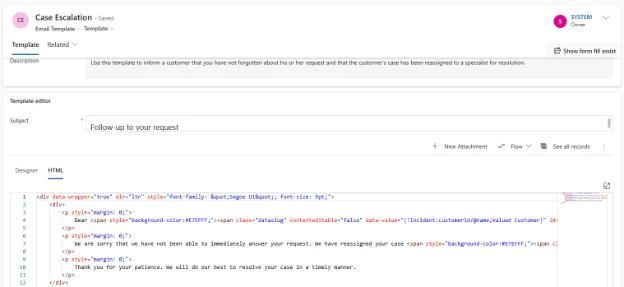
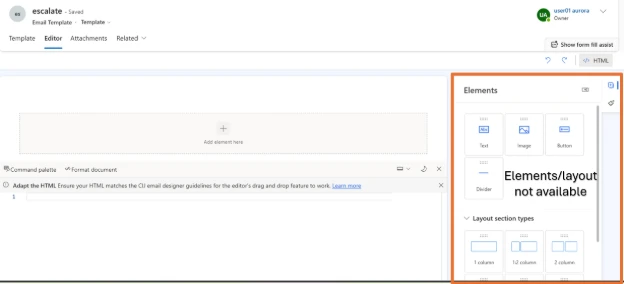
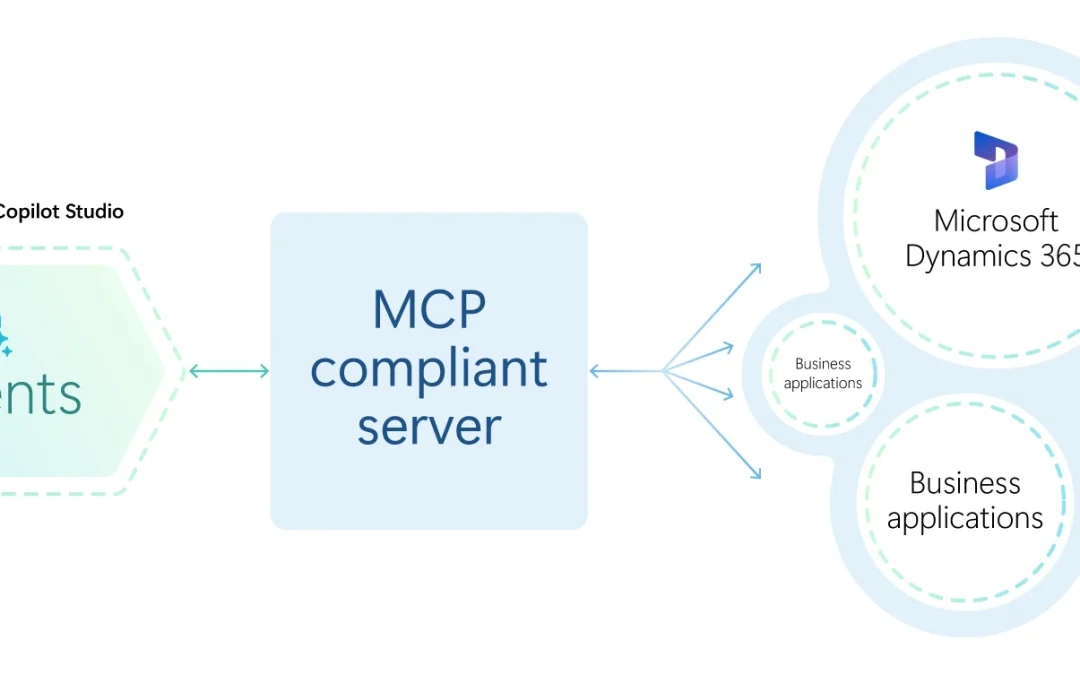
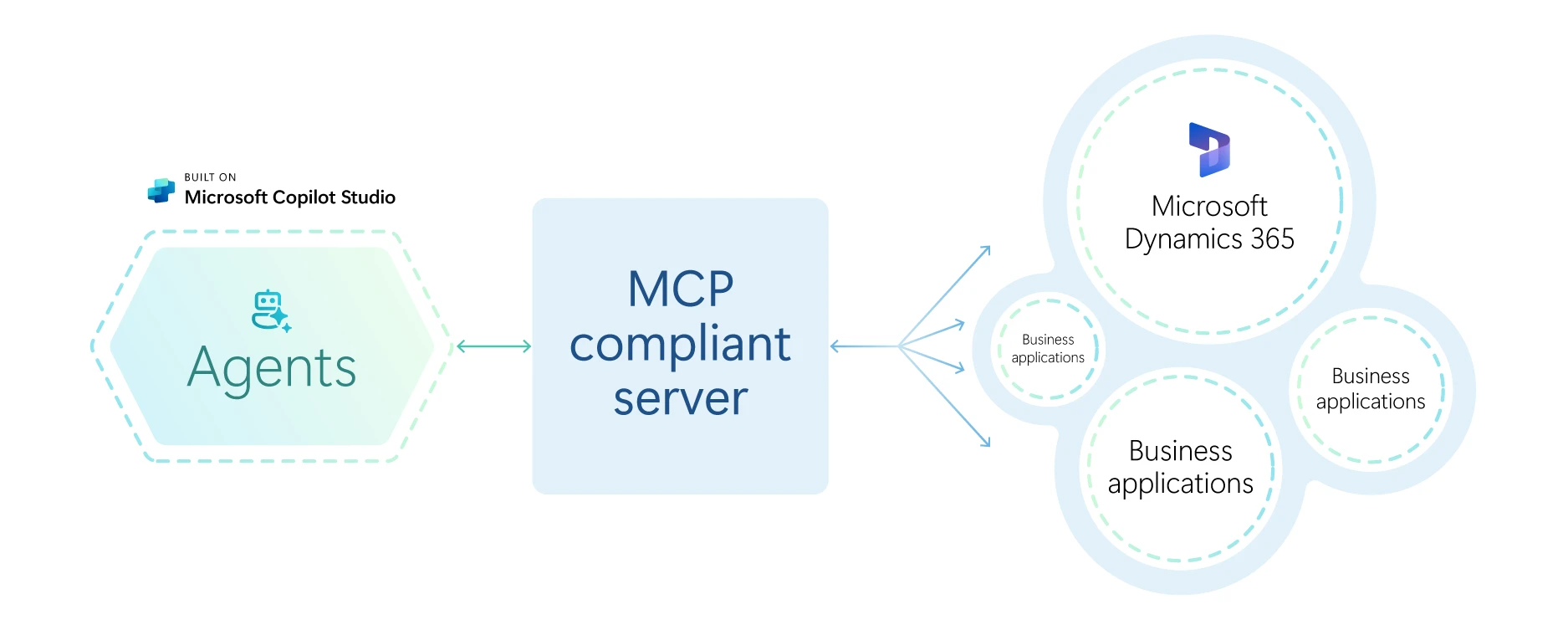
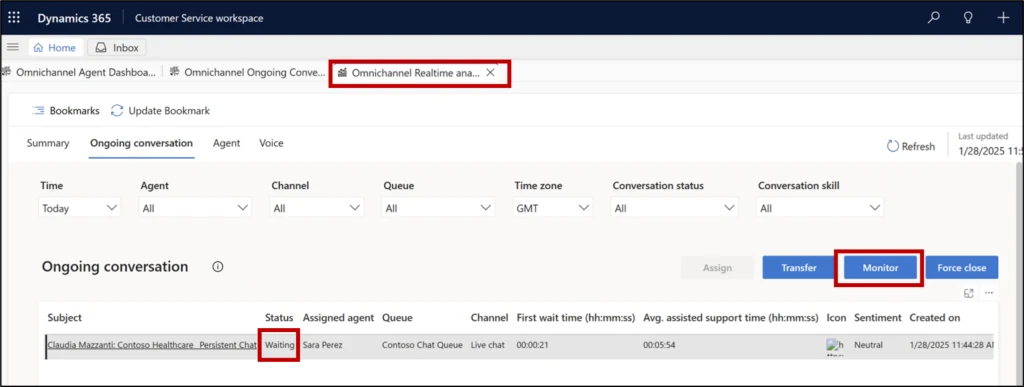
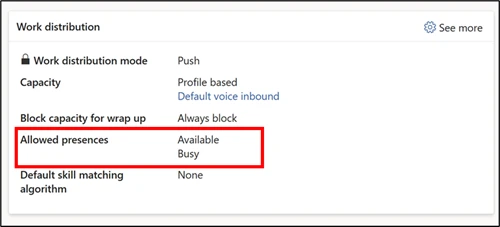
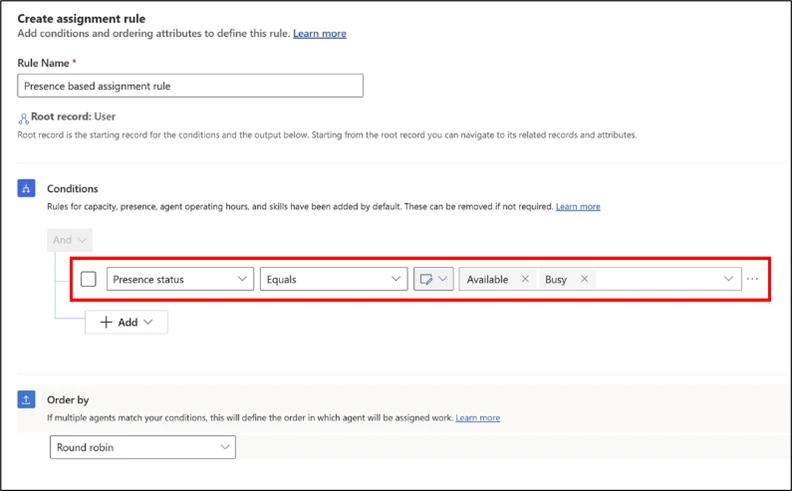
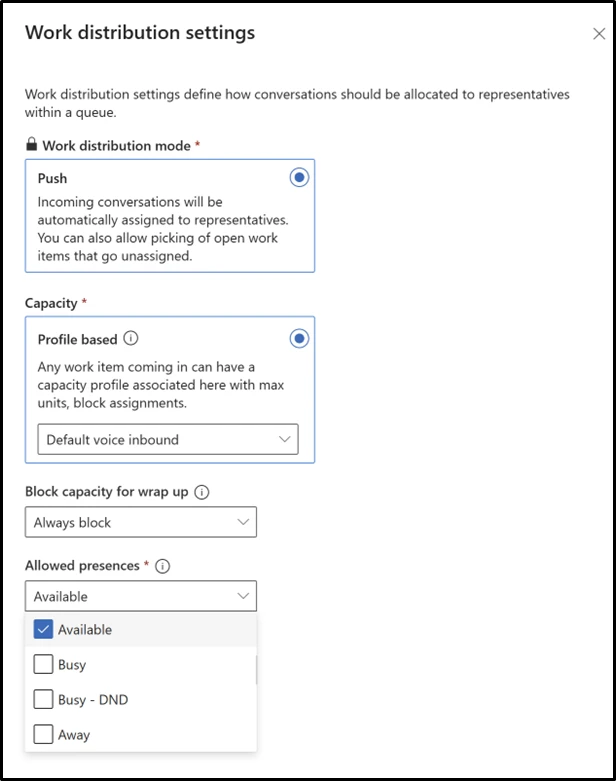

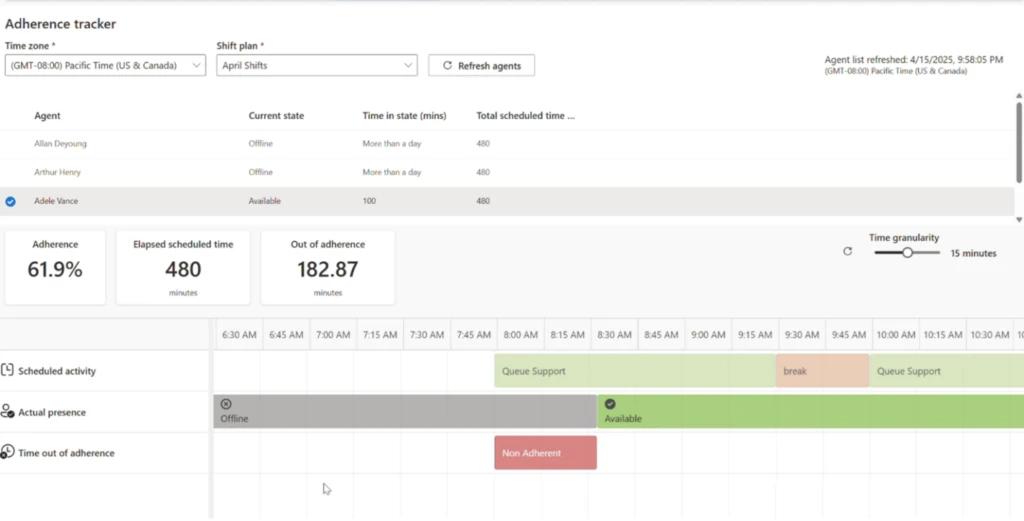



Recent Comments